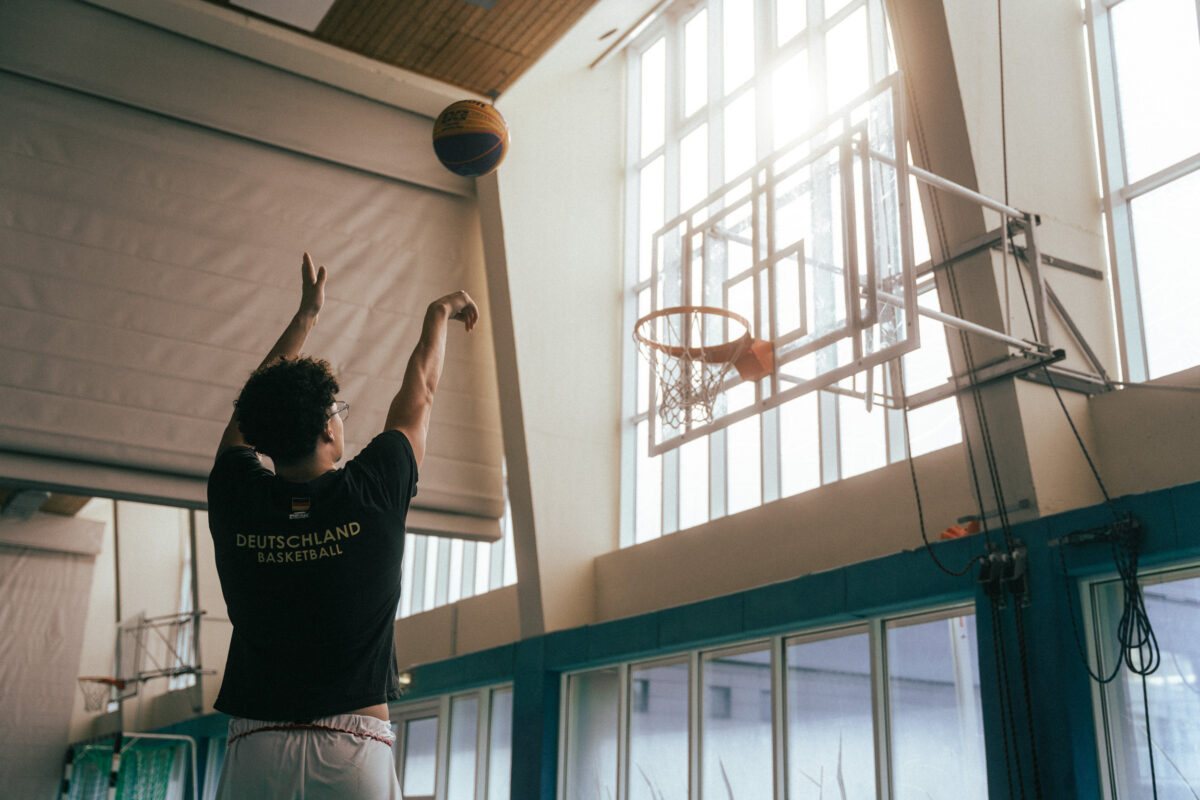New story.

The various daily strains in our lives, accidents, congenital defects and more can all cause the cartilage in our joints to wear away. The most well-known results of this are gonarthrosis and coxarthrosis (osteoarthritis of the knee and hip respectively).
The wear is categorised into four different levels. The arthritis starts with a thickening of the bone under the cartilage. This is followed by slight damage to the surface of the cartilage which then gets larger and larger. In the final stage, bony growths form on the joint surfaces.
What is it?
Osteoarthritis is a degenerative rheumatological disease. Degenerative means that after a certain amount of time, the functional impairments it causes can no longer be reversed. For the four stages of osteoarthritis, the final two are considered irreversible. Depending on the level of pain experienced, the degree to which movement is restricted and the reduction in quality of life, a decision may be made to operate on the joint and partially or fully replace it (prosthesis).
What’s important at this stage?
Cartilage does not have a blood supply. Exercise keeps it healthy. A changing rhythm of load and release, like walking, for example. This pushes the synovial fluid into and out of the cartilage layer. Like in a sponge. So the cartilage gets everything it needs. Waste is removed.
Even damaged cartilage requires an appropriate amount of exercise. And strength training. As long as it doesn’t cause pain.
Prof. Dr. Hajo Thermann
Orthopaedic Surgeon and Medical Director of the ATOS Clinic Heidelberg
«Life is movement, movement is life. Returning to sport after a prosthetic implant is like an engine that drives active people.»
Gentle, low-impact up and down movements combined with more strenuous upper body exercises give your hip and knee joints exactly what they need. The opportunity to get synovial fluid moving, without pain.
We recommend the following training:
Physio / Lower Extremities and Gait Training
Health / Where does it hurt?